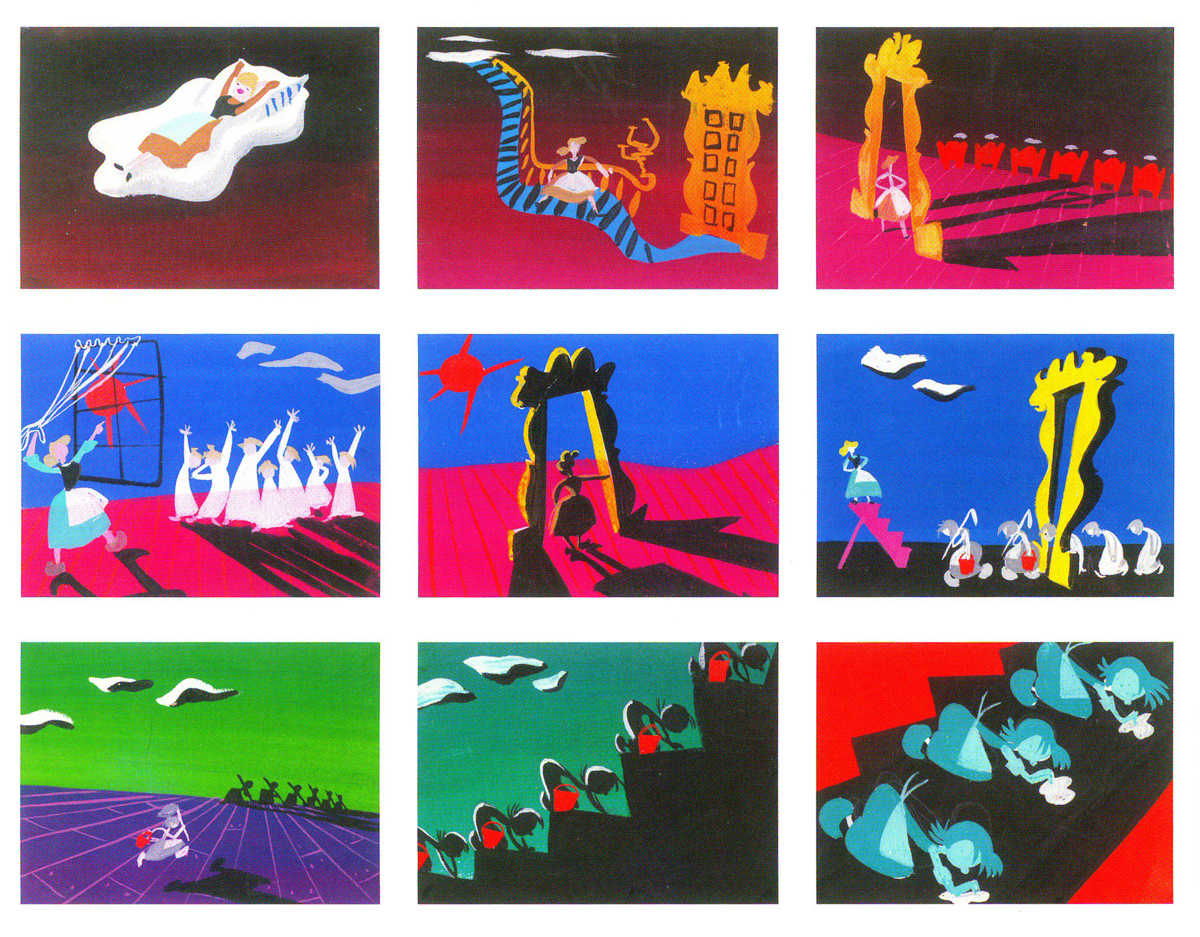sift through invasive advertisements to get to a story?
Is it solely for entertainment: emotional stimulation?
Fear?
Maybe us, the audience, want something a bit more intellectual.
Maybe we need more from a story than what we consciously purchase or sign on to experience? Check out J.J. Abrams at 9:55, where he takes his "mystery box" approach to storytelling and applies it to secondary subject matter, subtext and metaphor in popular explode-y type hollywood movies.
Certainly, most long-term successful fiction to carry secondary meanings and subject matter not apparent at the surface.
 ...Like the meditations on obsession and revenge that lie under the plot of
...Like the meditations on obsession and revenge that lie under the plot of
"high seas adventure" of Moby Dick...
 ...Or how James Cameron claims Space Marines killedby
...Or how James Cameron claims Space Marines killedby
Freud-Monsters is really about the Vietnam War...
 ...Or the epilogue of Peter Pan, when Wendy Darling, now much too old to fly, sees Peter spirit away her own daughter, emphasizing the brevity of childhood, rather than the whimsy, fun and games with which the tale is associated.
...Or the epilogue of Peter Pan, when Wendy Darling, now much too old to fly, sees Peter spirit away her own daughter, emphasizing the brevity of childhood, rather than the whimsy, fun and games with which the tale is associated.
Maybe us, the audience, want something a bit more intellectual.
Like an agenda to spread, to persuade others to their point of view?
Maybe we need more from a story than what we consciously purchase or sign on to experience? Check out J.J. Abrams at 9:55, where he takes his "mystery box" approach to storytelling and applies it to secondary subject matter, subtext and metaphor in popular explode-y type hollywood movies.
Certainly, most long-term successful fiction to carry secondary meanings and subject matter not apparent at the surface.
 ...Like the meditations on obsession and revenge that lie under the plot of
...Like the meditations on obsession and revenge that lie under the plot of"high seas adventure" of Moby Dick...
 ...Or how James Cameron claims Space Marines killedby
...Or how James Cameron claims Space Marines killedbyFreud-Monsters is really about the Vietnam War...
 ...Or the epilogue of Peter Pan, when Wendy Darling, now much too old to fly, sees Peter spirit away her own daughter, emphasizing the brevity of childhood, rather than the whimsy, fun and games with which the tale is associated.
...Or the epilogue of Peter Pan, when Wendy Darling, now much too old to fly, sees Peter spirit away her own daughter, emphasizing the brevity of childhood, rather than the whimsy, fun and games with which the tale is associated.I don't know if subtext and meaning and themes and stuff are inherent to the anatomy of story or even required for "great storytelling 101". What an people needs to learn or experience, as opposed to want to, seems more like a philosophical question than a technical one.
Comics, prose, live theater, animated and live action film are all storytelling media. But story itself, the arrangement of events into a continuous sequence, is a medium; a medium that can communicate emotions, experiences and ideas.
So, what do you want out of this medium? What do you think should be communicated through it?
Comics, prose, live theater, animated and live action film are all storytelling media. But story itself, the arrangement of events into a continuous sequence, is a medium; a medium that can communicate emotions, experiences and ideas.
So, what do you want out of this medium? What do you think should be communicated through it?



































